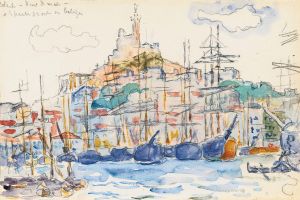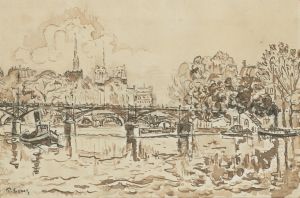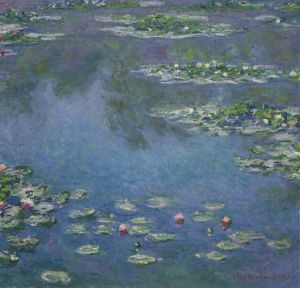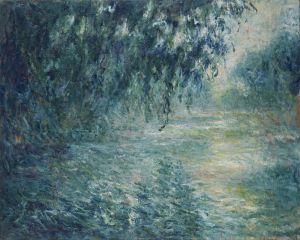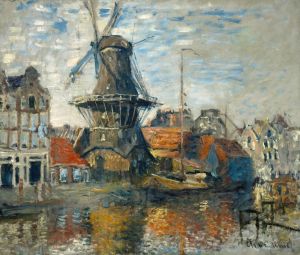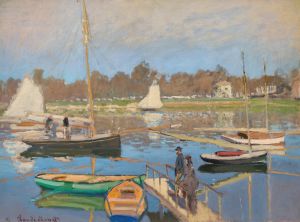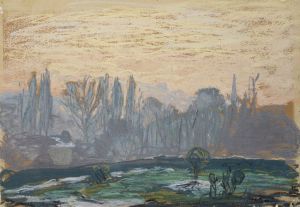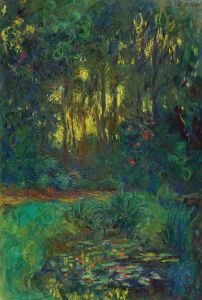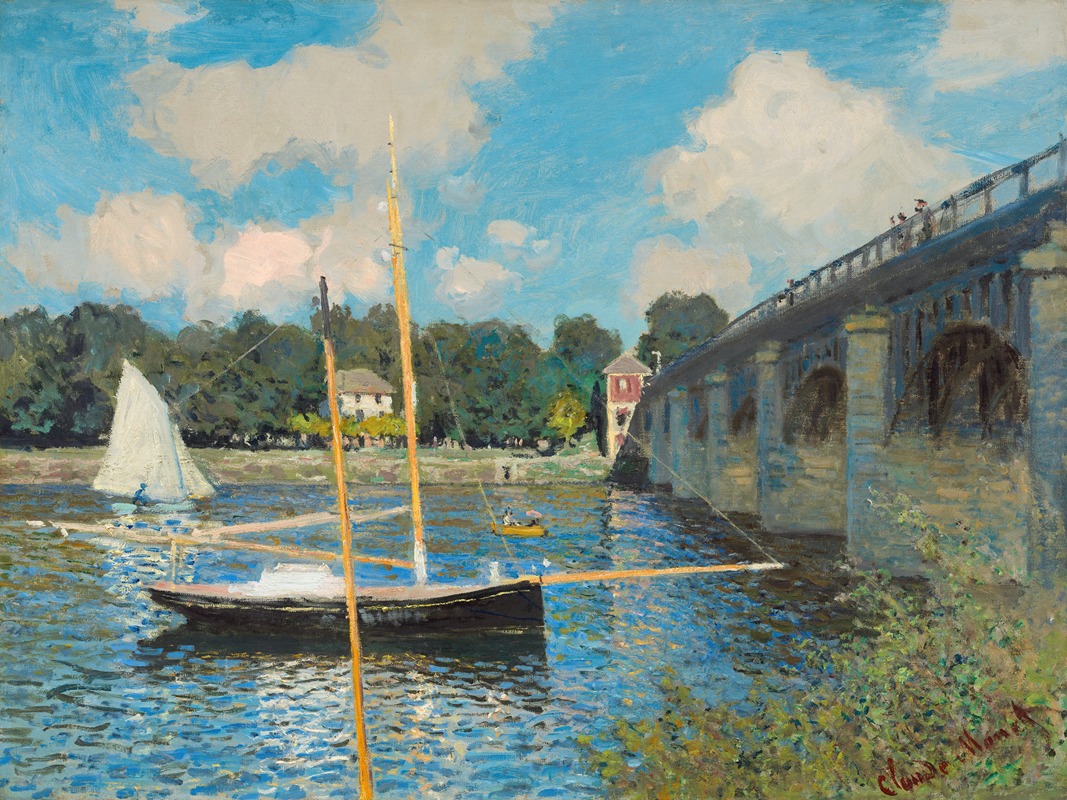
The Bridge at Argenteuil
A hand-painted replica of Claude Monet’s masterpiece The Bridge at Argenteuil, meticulously crafted by professional artists to capture the true essence of the original. Each piece is created with museum-quality canvas and rare mineral pigments, carefully painted by experienced artists with delicate brushstrokes and rich, layered colors to perfectly recreate the texture of the original artwork. Unlike machine-printed reproductions, this hand-painted version brings the painting to life, infused with the artist’s emotions and skill in every stroke. Whether for personal collection or home decoration, it instantly elevates the artistic atmosphere of any space.
The Bridge at Argenteuil is an oil painting created by the French Impressionist artist Claude Monet in 1874. This artwork is one of Monet's many depictions of the Seine River and its surroundings, a subject that he explored extensively throughout his career. The painting captures a view of the bridge at Argenteuil, a suburban town near Paris where Monet lived from 1871 to 1878. Argenteuil was a popular destination for Parisians seeking leisure and relaxation, and it became a frequent subject in Monet's works during this period.
The painting showcases Monet's signature Impressionist style, characterized by loose brushwork, vibrant colors, and an emphasis on capturing the effects of light and atmosphere. In this work, Monet depicts the bridge spanning the Seine, with boats moored along the riverbank and reflections shimmering on the water's surface. The composition conveys a sense of tranquility and the leisurely pace of life in Argenteuil during the late 19th century.
Monet's choice of subject matter reflects his interest in modern life and the changing landscape of France during the Industrial Revolution. The bridge itself, a symbol of progress and connectivity, is juxtaposed with the natural beauty of the river and its surroundings. This interplay between nature and human activity is a recurring theme in Monet's work.
The painting is notable for its use of color and light to create a sense of depth and movement. Monet employed a palette of blues, greens, and earthy tones to depict the water, sky, and vegetation, while the bridge and boats are rendered in brighter hues that draw the viewer's attention. The dappled light and reflections on the water demonstrate Monet's mastery of capturing fleeting moments and the ever-changing qualities of light.
The Bridge at Argenteuil is housed in the Musée d'Orsay in Paris, France, which holds an extensive collection of Impressionist and Post-Impressionist masterpieces. The painting is considered an important example of Monet's work during his time in Argenteuil and a key piece in the development of the Impressionist movement.
This artwork, like many of Monet's paintings, reflects his innovative approach to capturing the essence of a scene rather than its precise details. It remains a celebrated example of Impressionism and continues to be admired for its beauty and historical significance.






